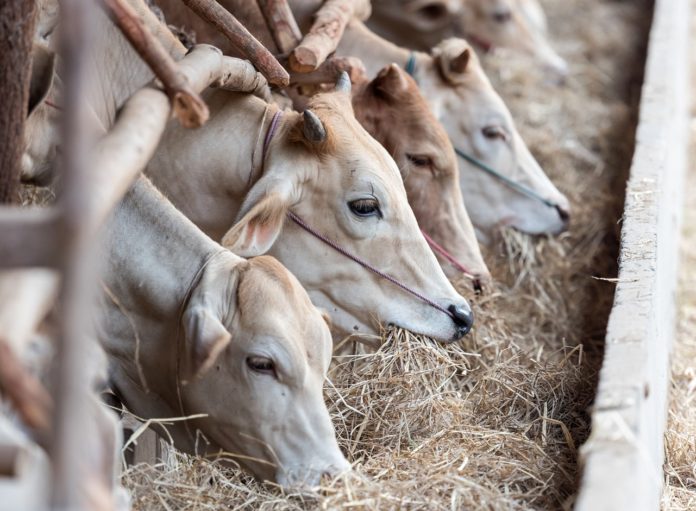An animal’s biological system is just as important to understand as humans. Genetics impacts health, which is essential when raising livestock. Sick animals can infect others and lead to lost profits. Here are some tips for understanding livestock genetics.
1. Start by Considering Production Conditions
It’s essential to understand how animals adapt to certain conditions. One of these factors is climate. Different cattle adapt better to particular environments. For example, the Brangus cow cross-breed adapts to hot, humid temperatures. Understanding this information helps you select livestock better suited for your area’s conditions.
Also, notice animals’ forage habitats, which is the food they live on, such as legumes and grasses. It’s essential to give your livestock the right nutrients. For example, horses need plenty of vitamins E, A and C in their diet. Also, be sure to stockpile for winter grazing to prevent feeding animals dried forage.
It’s also important to employ skilled laborers who are knowledgeable about genetics. Some strategies may take more time to learn and impact market conditions. Some markets require more lean animals. For example, fed beef is used for three main purposes: restaurants, lean meat, and the commodity or retail market.
2. Determine the Best Types of Cattle
Find animals that fit your production conditions or you risk lower performance and reduced income. Use technology, such as manure testing and tagging, to ensure cattle stay healthy.
Pay attention to climate preferences when picking the best livestock for production. Select cows that are native to regions with similar weather. Consider forage conditions as well. For example, small to medium-sized cattle are best for sparse areas. Larger cows are better for more abundant needs.
If you’re selling, pay attention to factors like production efficiency and calf value. Efficiency is usually influenced by post-weaning performance. These factors can help you sell at a reasonable price.
3. Develop a Breeding System Plan
There are two types of breeding systems: continuous and terminal. The main difference is the source of replacement females. It is continuous if the cows are chosen from the current breeding herd, so select one based on its environmental adaptability and maternal qualities.
On the other hand, terminal is when you purchase or produce a female from another herd. This can offer more flexibility in choosing desired traits. It’s vital to understand which system will best meet your production goals.
Straight breeding is common in commercial production, but cross-breeding can offer advantages in production, efficiency and marketability.
4. Choose Your Breeding Stock Carefully
Once you select individual types, you need to pick the best breeding stock. Males have more genetic influence since they create more calves due to artificial insemination. Therefore, look for one who is strong, fertile and active.
It’s also essential to look for economically important factors, such as:
- Environmental adaptability
- Temperament
- Reproduction ability
- Longevity
- Body size
you may have to inspect the animal or use your objective judgment to elevate these traits. For example, it’s hard to determine reproductive ability from just a glance, so personal tests or ultrasound estimates are advisable. Genomic techniques are also being developed but are in the earlier stages.
5. Pay Attention to the Animals’ Temperament
Temperament focuses on an animal’s behavior during handling, such as being moved or milked. Some act more docile and others are more aggressive and struggle. Finding well-tempered livestock is essential to running a smooth operation.
One of the issues with more aggressive livestock is harming humans. It can slow down the overall production process and result in lost profits. Temperament may also influence beef cattle growth, feeding efficiency and meat quality.
The trait must be defined and measured to ensure the safety and efficiency of production. First, it’s essential to develop a clear definition of the behavior or response. Then come up with a way to assess the trait through a measurement system and use it as a screening tool when selecting breeding animals.
Importance of Genetics When Raising Livestock
An animal’s genetics play a role in raising and purchasing livestock. It’s essential to understand how they adapt to the climate and their marketable traits, so consider these tips to manage your breed successfully.
Bio: Jane is an agriculture and environmental journalist and the founder and editor-in-chief of Environment.co, where she covers sustainability and eco-friendly living.








